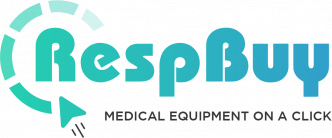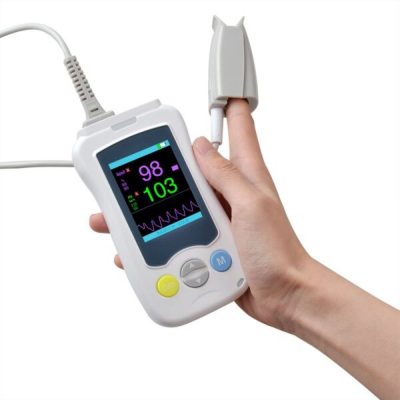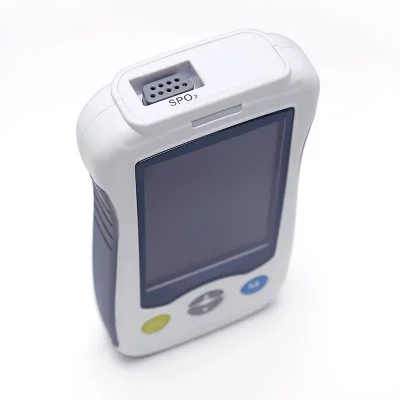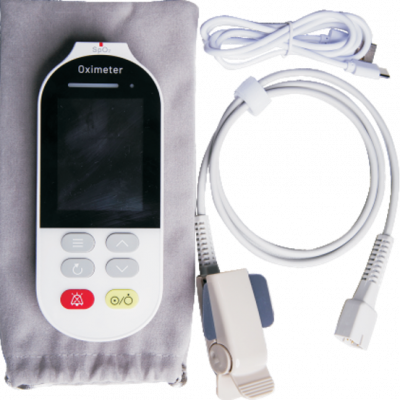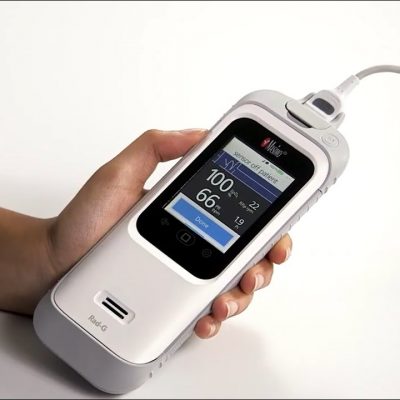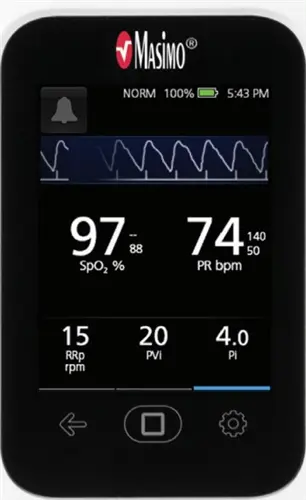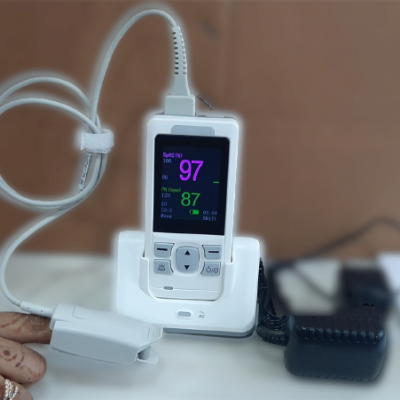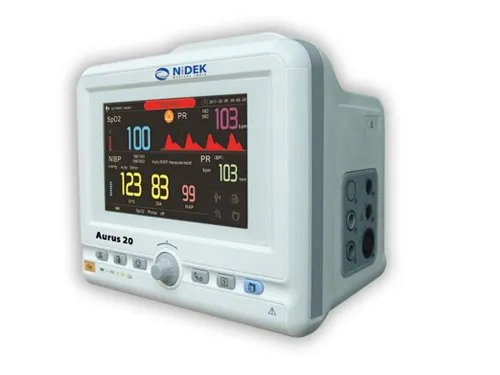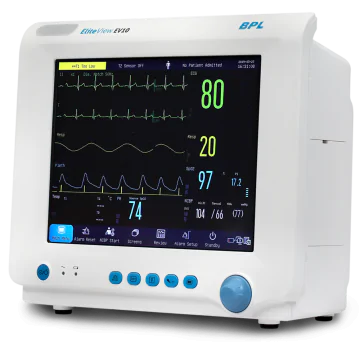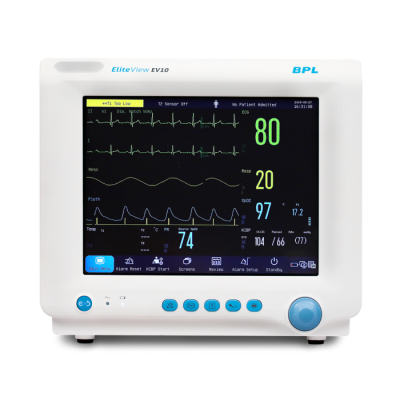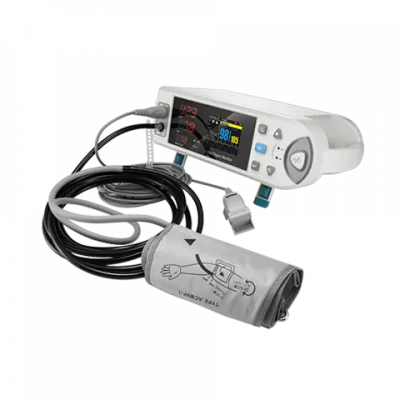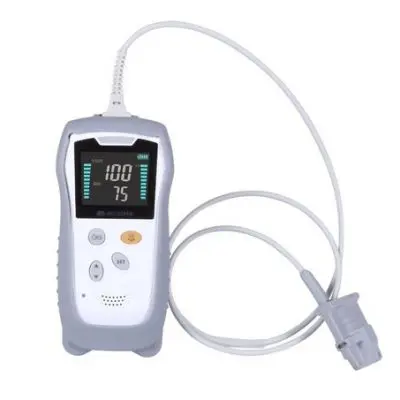Popular posts
When to Utilize a Humidifier with CPAP and BiPAP Therapy
February 29, 2024Contec Product Range and Its availability in India
October 06, 2023Testing for Sleep Apnea at Home with ResMed OneSleep
October 01, 2023Exploring Auto BiPAP and ST BiPAP: Functions and Distinctions
September 30, 2023Understanding Holter Monitor Usage: A Comprehensive Guide
September 28, 2023Table Top Pulse Oximeter Buying Guide
September 19, 2023 2023-09-19 0:11Table Top Pulse Oximeter Buying Guide
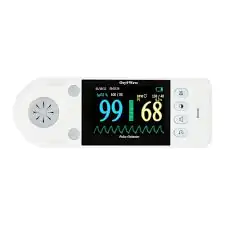
Table Top Pulse Oximeter Buying Guide
Table Top Pulse Oximeter Buying Guide:
Tabletop pulse oximeters are designed for use in clinical and hospital settings, as well as in some home healthcare applications. These devices provide monitoring of oxygen saturation (SpO2) and pulse rate. Here are some key features and considerations related to tabletop pulse oximeters:
1. Large Display: Tabletop pulse oximeters typically feature a large, easy-to-read display screen that shows real-time SpO2 and pulse rate readings.
2. High Accuracy: Accuracy is crucial in clinical settings. Tabletop pulse oximeters are designed to provide highly accurate SpO2 and pulse rate measurements, often within a range of ±2%.
3. Continuous Monitoring: These devices offer continuous monitoring, allowing healthcare providers to track vital signs over an extended period.
4. Alarms: Most tabletop pulse oximeters are equipped with customizable alarms. These alarms can be set to alert healthcare professionals when SpO2 or pulse rate readings fall outside specified ranges, helping them respond quickly to critical situations.
5. Trend Data: Some models offer trend data, which displays a history of SpO2 and pulse rate readings over time. This feature is valuable for tracking a progress or identifying trends.
6. User-Friendly Interface: They typically have a user-friendly interface with intuitive controls for adjusting settings, alarms, and display preferences.
7. Data Storage: Many tabletop pulse oximeters can store a significant amount of data. This data can be retrieved and reviewed later for documentation and analysis.
8. Printing Capabilities: Some models have the ability to connect to a printer to generate hard copies of data for medical records.
9. Built-In Battery Backup: To ensure continuous monitoring even during power outages, some tabletop pulse oximeters have built-in battery backup systems.
10. Multiple Sensor Options: They can often be used with a variety of sensor types, including finger, ear, or forehead sensors, depending on the condition and comfort.
11. Ethernet and USB Connectivity: Connectivity options may include Ethernet and USB ports for data transfer and integration with electronic medical records (EMR) systems.
12. Portable: While larger than handheld or finger pulse oximeters, tabletop models are still relatively portable, allowing them to be moved between rooms or clinical areas.
13. Comfort: The sensors used with tabletop pulse oximeters are typically designed for comfort and are available in various sizes.
14. Adjustable Display Brightness: The display brightness is often adjustable to accommodate different lighting conditions.
15. Remote Monitoring: Some models may support remote monitoring and data access, allowing healthcare professionals to monitor from a centralized location.
Tabletop pulse oximeters play a crucial role in user care and are widely used in hospitals, clinics, and other healthcare facilities to monitor the oxygen saturation and pulse rate of users. They provide valuable data for making clinical decisions and ensuring the well-being of users
High Quality Pulse Oximeters:
Schiller Oxywave Nellcor Based Neonatal Pulse Oximeter-Tabletop
₹46,990.00₹59,000.00
